CCNA 1 Chapter 7 V4.0 Answers
1. Which options are properties of contention-based media access for a shared media? (Choose three.)
non-deterministic
less overhead
one station transmits at a time
collisions exist
devices must wait their turn
token passing
2. What is a primary purpose of encapsulating packets into frames?
provide routes across the internetwork
format the data for presentation to the user
facilitate the entry and exit of data on media
identify the services to which transported data is associated
3.

Refer to the exhibit. How many unique CRC calculations will take place as traffic routes from the PC to the laptop?
1
2
4
8
16
4. What is true concerning physical and logical topologies?
The logical topology is always the same as the physical topology.
Physical topologies are concerned with how a network transfers frames.
Physical signal paths are defined by Data Link layer protocols.
Logical topologies consist of virtual connections between nodes.
5.

Refer to the exhibit. Assuming that the network in the exhibit is converged meaning the routing tables and ARP tables are complete, which MAC address will Host A place in the destination address field of Ethernet frames destined for http://www.server?
00-1c-41-ab-c0-00
00-0c-85-cf-65-c0
00-0c-85-cf-65-c1
00-12-3f-32-05-af
6. What are three characteristics of valid Ethernet Layer 2 addresses? (Choose three.)
They are 48 binary bits in length.
They are considered physical addresses.
They are generally represented in hexadecimal format.
They consist of four eight-bit octets of binary numbers.
They are used to determine the data path through the network.
They must be changed when an Ethernet device is added or moved within the network.
7.
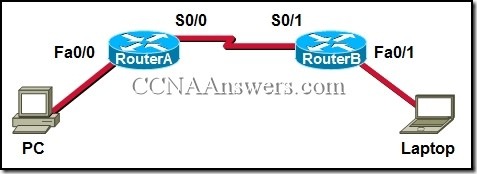
Refer to the exhibit. A frame is being sent from the PC to the laptop. Which source MAC and IP addresses will be included in the frame as it leaves RouterB? (Choose two.)
source MAC – PC
source MAC - S0/0 on RouterA
source MAC - Fa0/1 on RouterB
source IP – PC
source IP - S0/0 on RouterA
source IP - Fa0/1 of RouterB
8. What determines the method of media access control? (Choose two.)
network layer addressing
media sharing
application processes
logical topology
intermediary device function
9. What is the purpose of the preamble in an Ethernet frame?
is used as a pad for data
identifies the source address
identifies the destination address
marks the end of timing information
**is used for timing synchronization with alternating patterns of ones and zeros
10. What statements are true regarding addresses found at each layer of the OSI model? (Choose two.)
Layer 2 may identify devices by a physical address burned into the network card
Layer 2 identifies the applications that are communicating
Layer 3 represents a hierarchical addressing scheme
Layer 4 directs communication to the proper destination network
Layer 4 addresses are used by intermediary devices to forward data
11. Which statements describe the logical token-passing topology? (Choose two.)
Network usage is on a first come, first serve basis.
Computers are allowed to transmit data only when they possess a token.
Data from a host is received by all other hosts.
Electronic tokens are passed sequentially to each other.
Token passing networks have problems with high collision rates.
12. Which sublayer of the data link layer prepares a signal to be transmitted at the physical layer?
LLC
MAC
HDLC
NIC
13. What is true regarding media access control? (Choose three.)
Ethernet utilizes CSMA/CD
defined as placement of data frames on the media
contention-based access is also known as deterministic
802.11 utilizes CSMA/CD
Data Link layer protocols define the rules for access to different media
controlled access contains data collisions
14. What is a characteristic of a logical point-to-point topology?
The nodes are physically connected.
The physical arrangement of the nodes is restricted.
The media access control protocol can be very simple.
The data link layer protocol used over the link requires a large frame header.
15. What two facts are true when a device is moved from one network or subnet to another? (Choose two.)
The Layer 2 address must be reassigned.
The default gateway address should not be changed.
The device will still operate at the same Layer 2 address.
Applications and services will need additional port numbers assigned.
The Layer 3 address must be reassigned to allow communications to the new network.
16. What is a function of the data link layer?
provides the formatting of data
provides end-to-end delivery of data between hosts
provides delivery of data between two applications
provides for the exchange data over a common local media
17. Which three factors should be considered when implementing a Layer 2 protocol in a network? (Choose three.)
the Layer 3 protocol selected
the geographic scope of the network
the PDU defined by the transport layer
the physical layer implementation
the number of hosts to be interconnected
18. What is the primary purpose of the trailer in a data link layer frame?
define the logical topology
provide media access control
support frame error detection
carry routing information for the frame
19. A network administrator has been asked to provide a graphic representation of exactly where the company network wiring and equipment are located in the building. What is this type of drawing?
logical topology
physical topology
cable path
wiring grid
access topology
20.
Refer to the exhibit. Which statement describes the media access control methods that are used by the networks in the exhibit?
All three networks use CSMA/CA
None of the networks require media access control.
Network 1 uses CSMA/CD and Network 3 uses CSMA/CA.
Network 1 uses CSMA/CA and Network 2 uses CSMA/CD.
Network 2 uses CSMA/CA and Network 3 uses CSMA/CD.

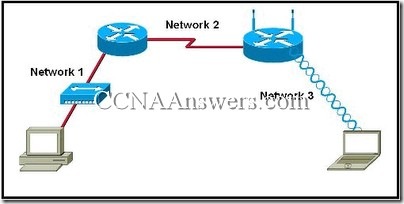
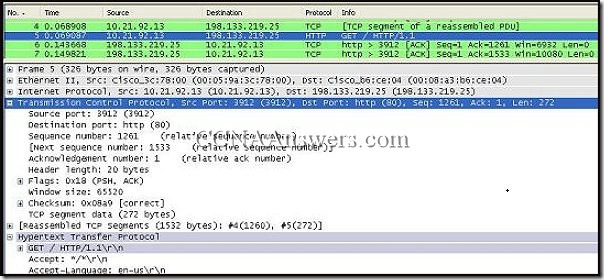

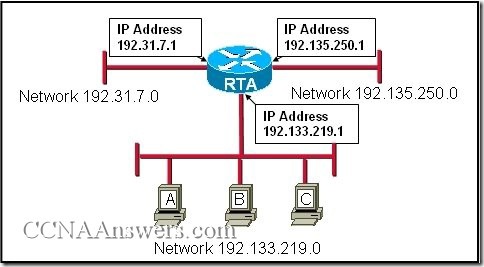
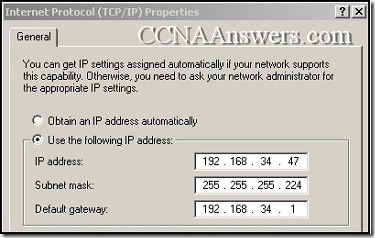
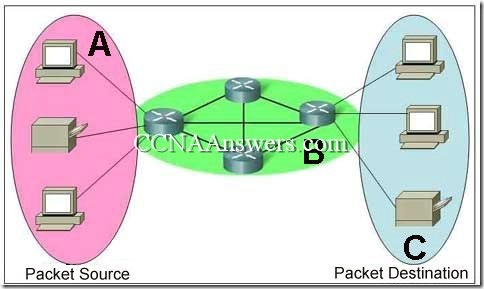
Leave a Reply